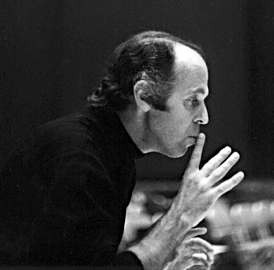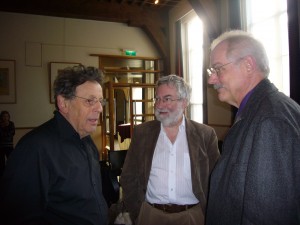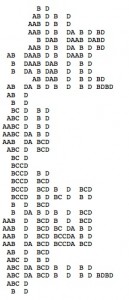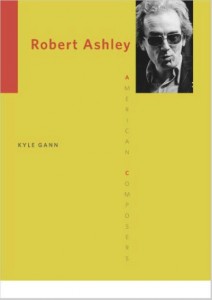 Friday morning at Northeastern University in Boston, I’ll be giving the keynote address for Beyond Notation: An Earle Brown Symposium. Though I’d met him a few times, Brown is someone whose music I had never studied in detail, and it’s been revelatory getting to know it better. Just hope I come up with something insightful to say, because the experts start talking after I finish.
Friday morning at Northeastern University in Boston, I’ll be giving the keynote address for Beyond Notation: An Earle Brown Symposium. Though I’d met him a few times, Brown is someone whose music I had never studied in detail, and it’s been revelatory getting to know it better. Just hope I come up with something insightful to say, because the experts start talking after I finish.




